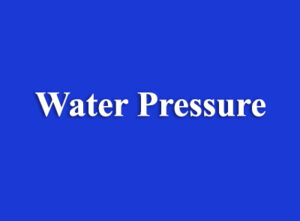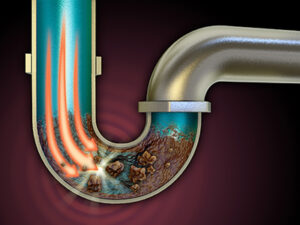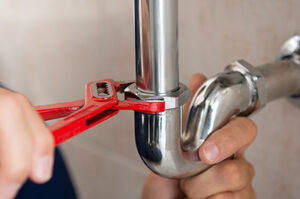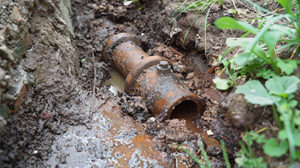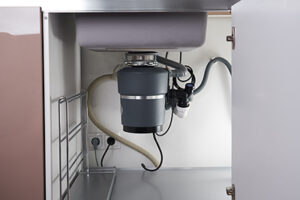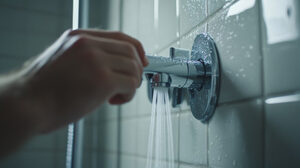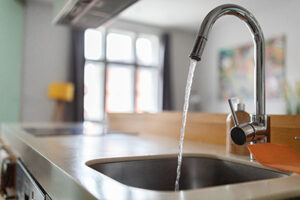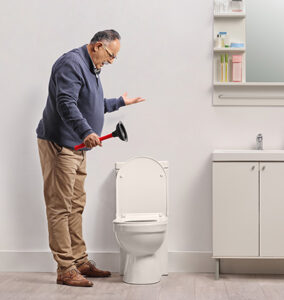Clogged drains are one of the most common household annoyances. It’s tempting to reach for a chemical drain cleaner from the store—after all, they promise fast results and a clear drain. But while these products may offer a quick fix, they come with a host of hidden risks that can cost you more in the long run. Here’s why you should avoid chemical drain cleaners.
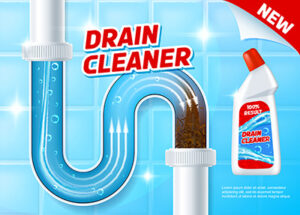
1. They Can Damage Your Pipes
Most chemical drain cleaners contain harsh acids or caustic substances that generate heat and break down clogs. While they may dissolve hair or grease, these chemicals can also corrode metal pipes or weaken PVC over time. Repeated use can lead to leaks, pipe bursts, or costly plumbing repairs.
2. They Are Harmful to Your Health
Chemical drain cleaners are extremely toxic. Accidental skin contact or inhalation of fumes can cause burns, respiratory irritation, and other health issues. Children and pets are especially at risk if these products are left within reach.
3. They Can Make Clogs Worse
If a chemical cleaner doesn’t fully clear a blockage, it can make future plumbing problems worse. The chemicals can harden or stick to the clog, making it tougher to remove with a plumber’s tools. This can lead to more complicated—and expensive—drain cleaning.
4. They’re Bad for the Environment
The chemicals in drain cleaners don’t just stay in your pipes—they can end up in waterways, harming wildlife and contaminating water systems. Choosing safer alternatives helps protect the environment while keeping your home safe.
5. Safer Alternatives Exist
Instead of chemical drain cleaners, consider these safer options:
-
Plunger: Often effective for minor clogs.
-
Drain snake or auger: Ideal for hair and small debris.
-
Baking soda and vinegar: A natural, chemical-free way to maintain clear drains.
-
Professional plumbing services: For stubborn or recurring clogs, a licensed plumber can safely and permanently resolve the problem.
Bottom Line
Chemical drain cleaners may seem like a quick and easy solution, but the potential damage to your pipes, health, and the environment far outweighs the convenience. For safe and effective drain maintenance, rely on mechanical methods, natural solutions, or a trusted plumber.
Elite Plumbing of Florida provides plumbing services in Clearwater, Palm Harbor, and Safety Harbor and most of Pinellas County.
For more information, visit our website https://eliteplumbingoffloridallc.com/or call (727) 301-4846.

